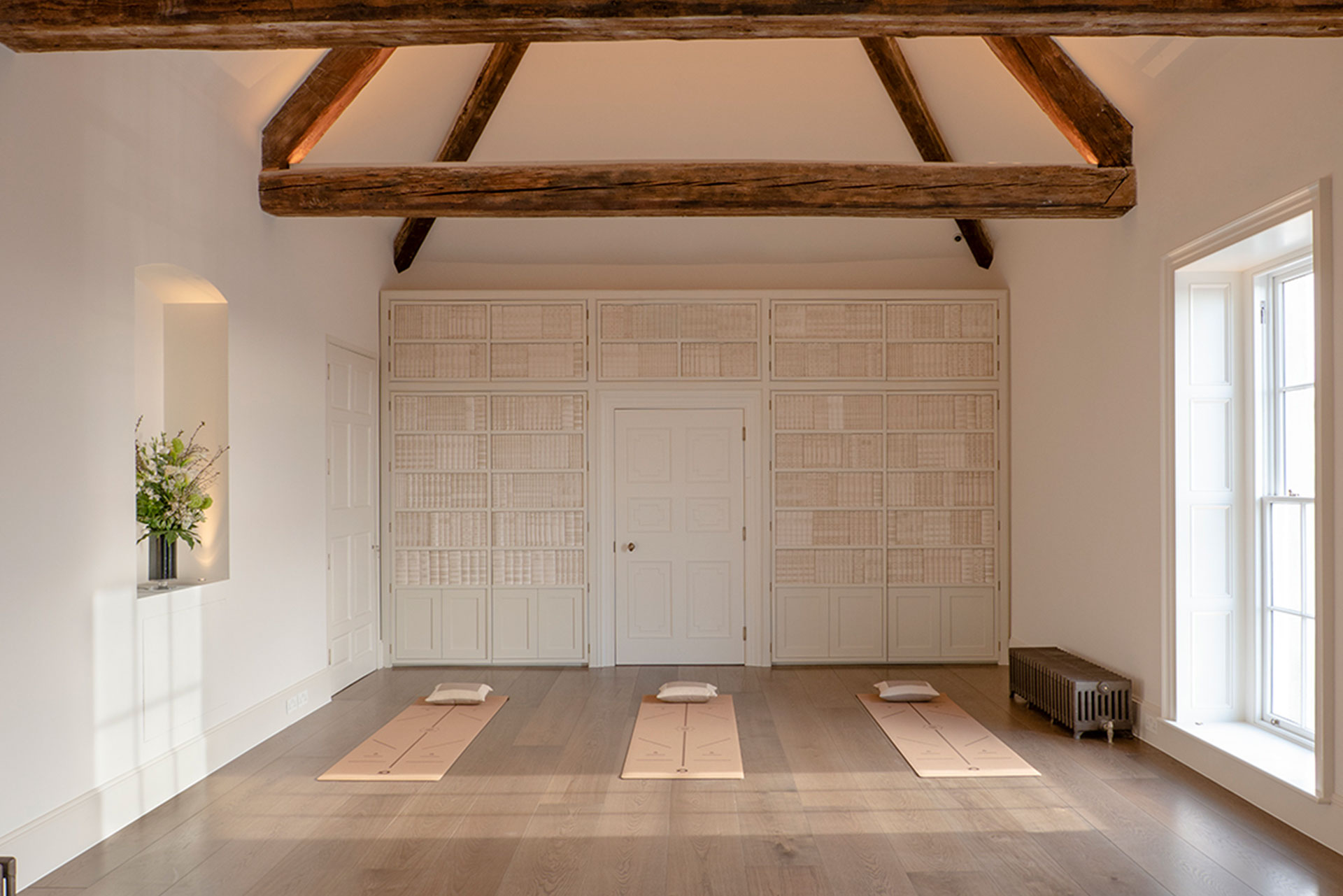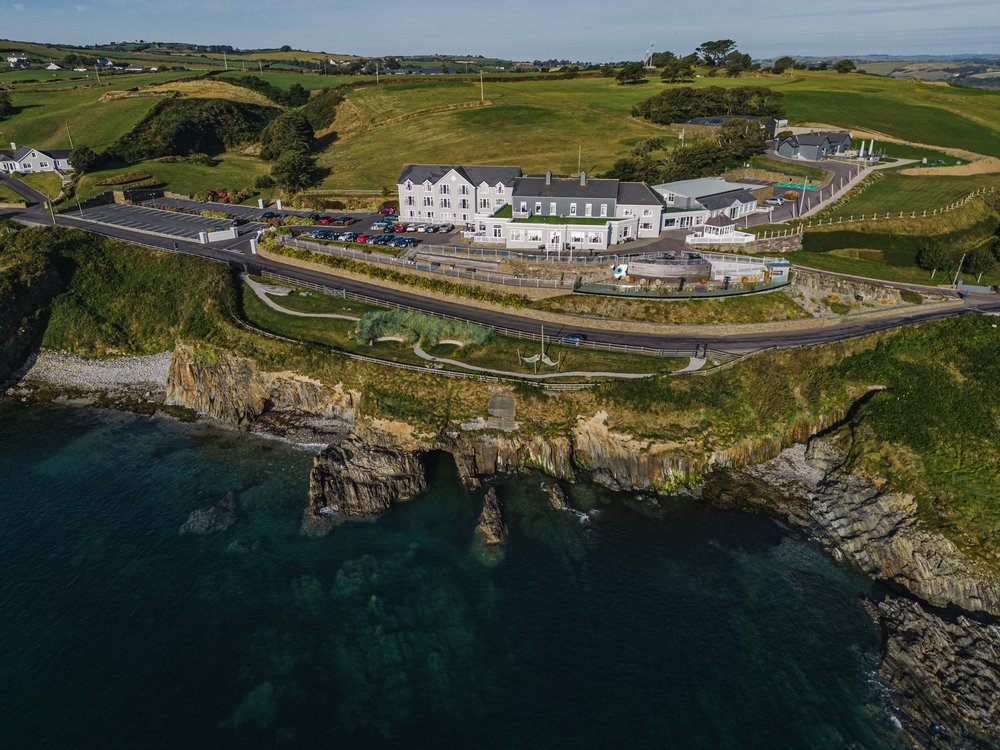It’s summer time and the weather is perfect for putting a pair of runners on and getting out there! Excuses are out. This change of season brings about a desire to feel bright, light and full energy. What better way to tap into our own natural energy reserve than with some outdoors exercise. Everyone feels better after getting away from the daily grind of work and out into the daylight whether it’s a walk, jog, training session. The evidence is mounting about the positive effects of physical activity on so many aspects of our health and wellbeing.
“We know of no single intervention with greater promise than physical exercise to reduce the risk of virtually all chronic diseases simultaneously” – Booth et al 2000
If there was a tablet with this claim attached, would you take it!? Without question, yes.

So where’s the catch!? Too much exercise too soon after a period of relative rest and we can get overuse injuries very quickly. There’s a big difference between feeling delayed onset muscle soreness (DOMS) after a run, and a true overuse injury through overload. How to recognise an overuse injury or the start of an overload is relatively easy. DOMS is generalised, throughout both calves, quads, gluts etc. It will worsen 24/48 hours after exercise but then gradually recede. An overuse injury may be on one side or both, in a specific area, related to activity or specific movements. More often than not tendons rather than muscles develop overuse wear and tear due to a dysfunctional movement pattern. Tendons are strong flexible cords of fibrous collagen tissue attaching a muscle to a bone. Occasionally an existing area of wear and tear in a joint such as in the lower back area or knees or ankles can rear its’ head again.
Overuse injuries are common in the athletic population. 3 of the most common overload areas for runners include:
- The Tendonopathies: Achilles, gluteal, patellar (AKA runner’s knee) and peroneal tendonopathy.
- Anterior shin pain (AKA shin splints) or worse, stress fractures.
- Lower back strain
Let’s delve into the Achilles tendon. You might have an overuse tendon injury if:
Your pain is at the back of your ankle, behind the heel or at the sole of your heel. In this lovely weather you’ve been doing a little more than usual. You’ve increased the hill repeats, speed work or perhaps you’re getting out more than you normally would do. You might notice the pain during the run but more frequently patients tell us they feel their symptoms for the first 5-10 minutes of their exercise and then it eases off and they can continue with activity. It might be achy that night and it’s always stiff and sore getting out of bed the next morning. Easing off with movement throughout the morning. The first reaction is usually to stretch the area, but WAIT, stretching a tendon is not the answer. The treatment is unique for each person but the general rule of thumb is active rest (avoid the aggravating activity (running perhaps) for a few days to let the overuse injury settle) and a graded strengthening exercise for the tendon. Chartered Physiotherapists can identify what exercises will work for you and also help you figure out if any other muscles in the leg such as the hamstrings and gluts need to be strengthened too to help take the overload away from the injured area!
If you think you have an overuse injury.
Active rest is the initial treatment. This means, keep active but take out the sport or activity that is creating your pain. If it’s running, jump on the bike or get in the pool to offload the sore area. If your issue persists despite a few days off, identify the movements that aggravate your pain, whether it’s walking uphill, running 5k or simply getting out of bed in the morning. Write this down and along with a thorough history a Chartered Physiotherapist will be able to work with you to manage the issue. To give yourself the best chance of preventing an overuse injury follow a graded exercise programme and always warm up and cool down appropriate to your exercise.
Orla has runners warm up and cool down videos on the Performance Yoga Channel on YouTube. Lots more coming over the summer. Get out there and get those endorphins flowing.




